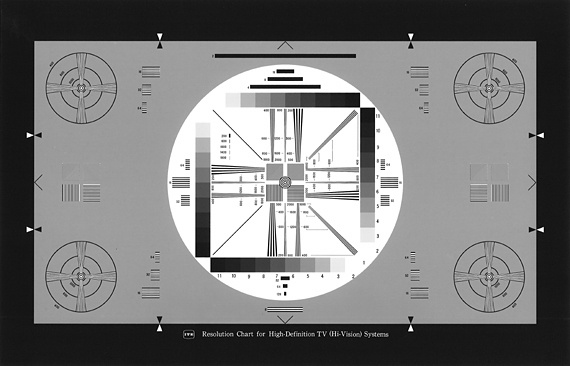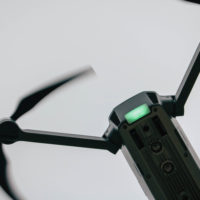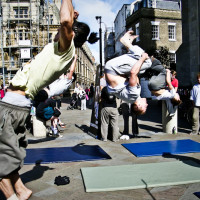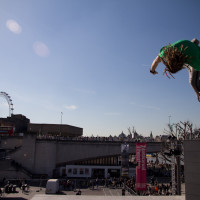More and more I’m seeing tweets and posts about ‘red epic’ this and ‘wish I had a 4k camera’ that. I think a lot of this is fuelled by the notion that shooting with cinema grade cameras, means your films are also of a cinema level of polish and that just isn’t the case when it comes to the types of filmmaking that people want to do with this equipment.
I agree that one day, 4k will probably be the native resolution of your tv. I also believe that one day your iPhone 12 will also shoot 4k video. I have to ask though, what will this actually mean? The average resolution of a modern cinema (not IMAX) is a digital projector that’s just slightly over 1920×1080. With computer monitors, unless you’re working at a 23″ monitor or higher, you’ve probably got fewer pixels than 1080p. Now if you’re a fan of apple, you’ll know that the ‘new iPad’ has an industry leading resolution of more or less 2000×1500 in a 10″ screen. The average viewing distance for an ipad is probably around 15″, and after that your eye physically can’t see any more detail. This means that for your eye to resolve the maximum detail, you need to be within that sweet spot between distance to the screen, and it’s resolution. Even though the newest macbook has an extraordinary resolution, you need to be within 3 feet or so to really appreciate it.
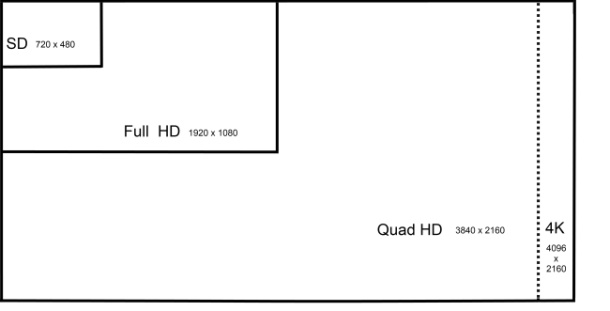
The vast majority of content consumed these days is either via the web, where bandwidth limitations and average user screen size effectively caps the resolution at 1080p anyway, or via your 42inch HDTV which also tops out at 1080p. Now the interesting thing to point out here is that say your computer screen is 21 inches and 1080p, after about 2feet (which is probably as far as you sit anyway) its basically impossible to see any individual pixels. In the same respect, even through the resolution of the TV is the same, it’s twice the size so you’re also unlikely to sit as close to it. I fully appreciate the extra detail afforded by these high-res sensors, I just question if it really brings anything substantial to the table.
Due to the current technological limitations I’ve just outlines, it means that shooting in an ultra high resolution is going to be lost in the majority of broadcasts.
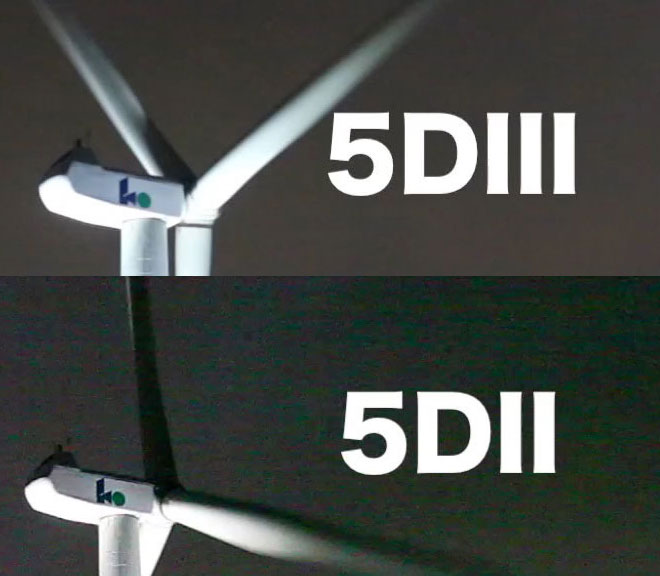
For my interests, having a 1080p camera where I can crank the ISO without fear of noise is essential, similarly having an ability to capture faster than 120fps at my project resolution allows for significant flexibility. The other benefits are that with the many thousands of pounds I save compared to a high-res kit, I can afford a second camera and a technician to operate it aswell. Having flexibility to move and shoot in many conditions, with lots of different visual styles is far more important to me. The new Canon C300 sounds exactly what I’d look for in a camera, and all I’ve heard are people being ‘underwhelmed’ because its still ‘only’ 1080p. The above image is an example of the 5DMK3’s performance compared to the MK2 at higher ISO ratings. Even at ISO 12800 the performance is very acceptable in stills (so would appear even better in motion video). Shooting at night is something I’ve always been keen to look into, and it seems like we’re getting to where its going to be truly possible and technically acceptable to.

I feel that for current applications the benefits of a large resolution fall short of the flaws. In the current market of video cameras (cinema/highgrade) excluded, sensor size tends to hover around the standard of 35mm film. Simply packing more pixels onto a sensor just results in more noise at higher sensitivities, a deeper native depth of field or the kit just gets bigger and heavier. Secondly having to power, capture from, compute and store this footage is incredibly taxing on information bandwidth and as a result the frame rates of these cameras are all relatively strict at such resolutions. Whilst there are benefits from the downsampling and the ability to do detailed post work at higher resolutions is also very useful (especially cropping), I do think that unless you’re shooting for cinema or in a controlled studio, the use of super resolution cameras are a hindrance.
Considering the unpredictable nature of Parkour in particular, and that 95% of its applications will be for TV or the web, I dont see much need to shoot higher than 1080p on a project, the resources can just be applied better elsewhere.
